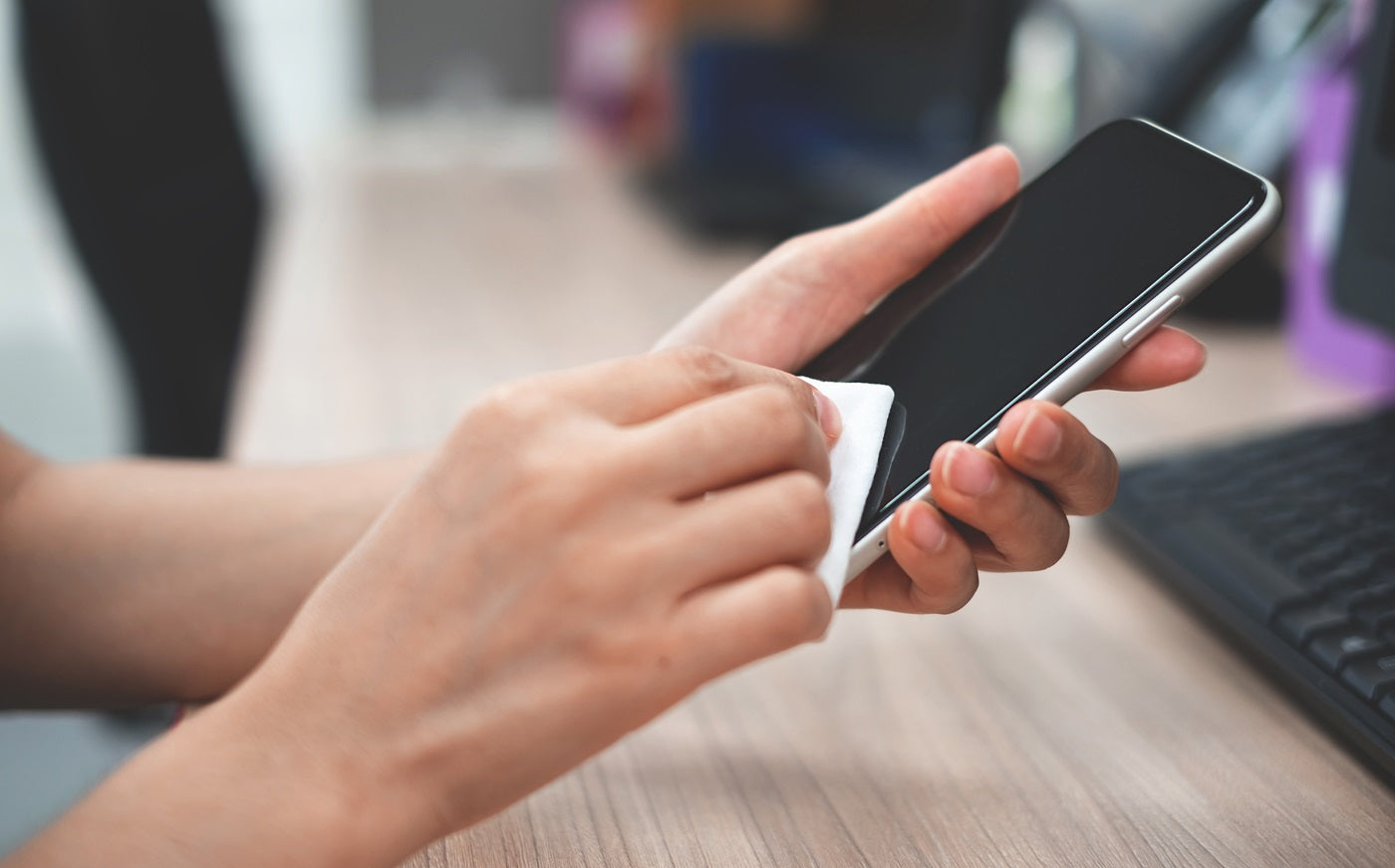The screen on a phone or a tablet is the main interface for us to interact with our devices. Unfortunately, it is also the most fragile and exposed part of phones and tablets; and cracked screens / broken screens are by far the most common part that we fix on phones and tablets. Screen repairs can be expensive, and to protect your phone or tablet it is important to understand how a screen generally works and the possible sources of damage.
Components of a phone screen
There are two main components to screens:
- the LCD or OLED panel depending on the model of the device: this is the part that displays the content. It is roughly similar to a miniature TV, and damage to it comes in the form of ink marks, green lines, or blacked out / yellow sections of the screen in extreme cases.
- the digitizer or touch panel, which is overlayed on the LCD panel and is the part that captures touch gestures and transmits user inputs to the phone (clicks, scrolls, etc.). This is the part that will usually crack after a shock.
Sources of screen damage
The most common source of damage is direct hits on the touch panel, but it is not the only one. Shocks on the device corners are also very likely to lead to damage to both the LCD panel and the digitizer. While a phone with a cracked screen (digitizer) will usually still be usable and still capture touch inputs, cracks pose a high risk of injury due to small pieces of shattered glass that can lead to cuts on the fingers or on the face when using the earpiece. It is important to have a cracked screen repaired as soon as possible to avoid injuries.
Moisture is another common cause of damage to the LCD panel. Moisture can get to the LCD through the charging port, the earpiece, the speaker, or through cracks on the front or back of the device and lead to oxidation of the device internals.
Lastly, the LCD panel can also be damaged due to a defective battery. When a battery is exposed to heat or is simply old, it can start inflating inside the device and push on the back of the LCD panel leading to further damage.
How to protect your screen
There are 4 main steps to protect your screen and save money on repairs:
- Use a screen protector. As their name indicates, screen protectors will protect the screen against damage from direct hits by absorbing part of the energy from the shock. The most common types are tempered glass, and Hydrogel films.
- Tempered glass is an additional layer of glass on top of your touch panel. The main benefit is price as tempered glass is usually very cheap, however it can be quite thick, is difficult to apply without leaving bubbles, and offers minimal protection
- Hydrogel films are much thinner and provide more comfort to the user. Quality hydrogel films offer significantly better protection due to their high shock absorption power and can even self-repair scratches. Their price is also higher compared to tempered glass.
- Use a phone case. A good phone case will have shock dampening bubbles in the corners and will also have slightly raised edges to provide further protection to the screen by limiting contact with hard surfaces in case of a drop on a flat surface.
- Check your battery regularly, and have it replaced if you notice that it is not holding a charge for as long as it used to, or if you notice any slight bulging on the back or the sides of the phone or tablet. This is usually associated to small gaps appearing on the side of the device.
- Avoid exposing your device to moisture. This will not only protect your screen but also other important internal components such as the mainboard.

